BLOOMFIELD
PHOTOS: A look inside the Salmon Ruins in Bloomfield
John R. Moses
Farmington

Pottery and other artifacts are on display in the Salmon Ruins Museum in Bloomfield. The Salmon Pueblo is among the most accessible pre-colonial Native American sites in New Mexico. The partially-excavated but unimproved site was built starting in 1088 and is an example of an Anasazi ancestral Pueblo. About 300 people lived there until 1288, when evidence indicates it was abandoned. The site contains a museum and the remains of the Salmon family homestead. For more information, call the museum at 505-632-2013. The museum is located at 6131 U.S. Highway 64 near downtown Bloomfield.
John R. Moses/The Daily Times
Alicia Salazar on Jan. 19, 2019 rings up an admission fee in the Salmon Ruins Muesum gift shop, which has pottery and other items for sale.
John R. Moses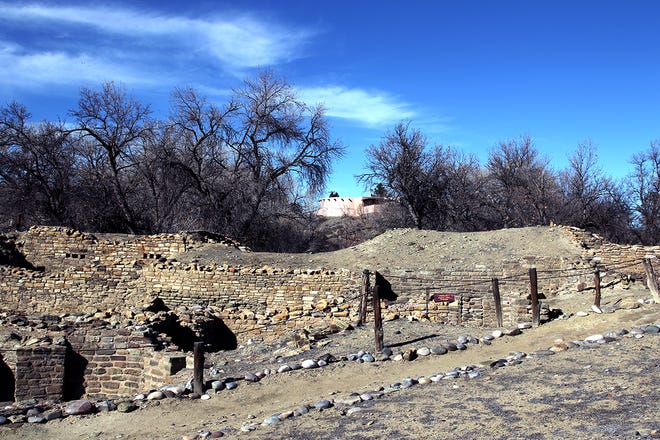
The Salmon Ruins Museum sits on a hill above the ruins of the Salmon Pueblo.
John R. Moses/The Daily Times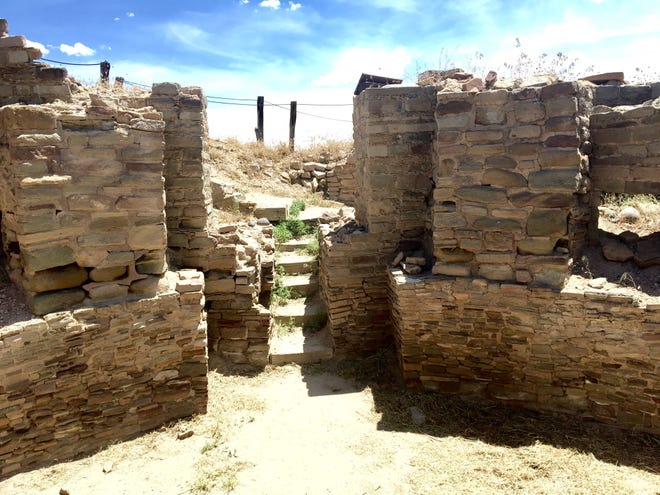
This is an example of a room converted from a square room to a circular design by later inhabitants of the Salmon Pueblo. About 300 people lived there until 1288, when evidence indicates it was abandoned.
John R. Moses/Daily Times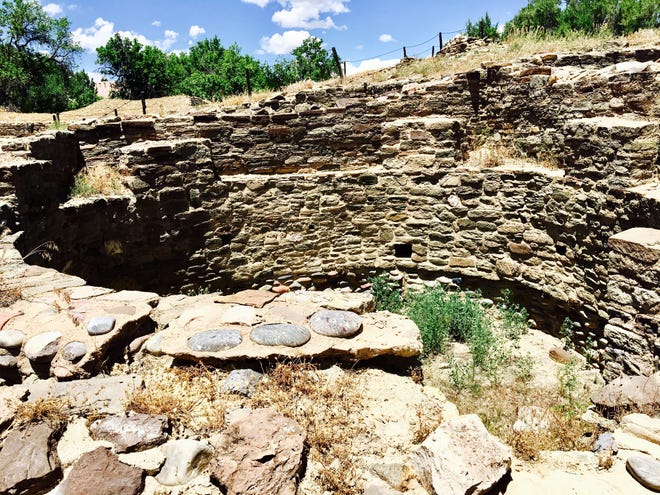
During a later period of occupation between 1088 and 1288 some rooms with square walls were converted to a round design. Many structures have had multiple uses, and some have been used as a burial place.
John R. Moses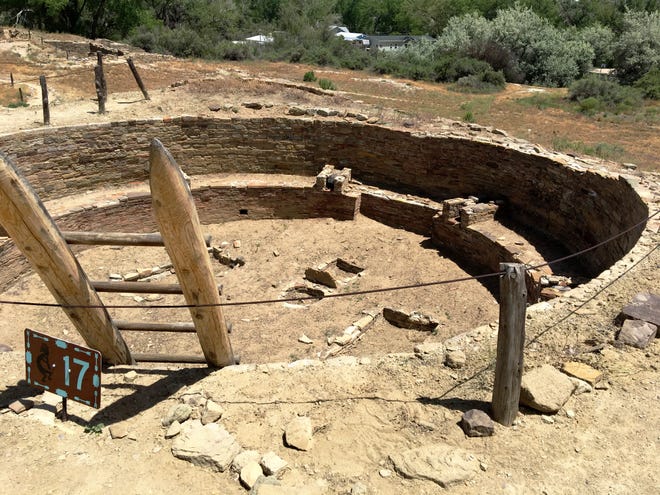
The inside of the Tower Kiva at the Salmon Ruins in Bloomfield is seen in this 2017 photo.
John R. Moses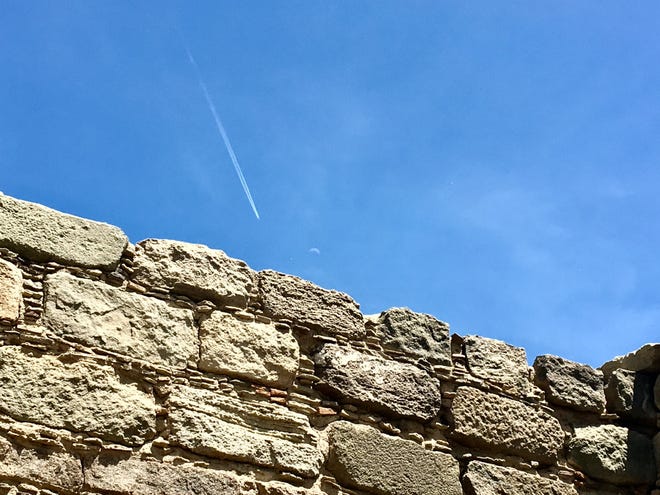
Old and new are often found in the same place in New Mexico. This wall in the Salmon Ruins complex in Bloomfield is seen in this 2017 file photo below a partial moon and a jet contrail.
John R. Moses
The unplastered walls in the Salmon Ruins complex show construction details left by highly-skilled stoneworkers.
John R. Moses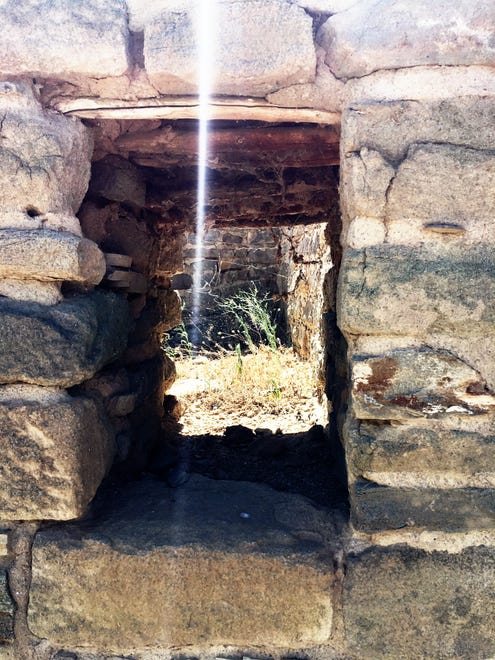
A window looking into a room is among the first things visitors to the Salmon Ruins in Bloomfield see as they enter the sprawling Anasazi ancestral Pueblo complex.
John R. Moses/The Daily Times
Trails around the Salmon Ruins complex are narrow and some parts are steep. Use caution if you make the hike to avoid becoming part of the complex's history, and mind the signs and cautions aimed at keeping you safe. Seen in this 2017 photo are structures near the Tower Kiva that were used at one point to store corn. Another nearby building was used to butcher animals. Archaeologists found that one room near the entrance to the complex was once used to raise turkeys.
John R. Moses